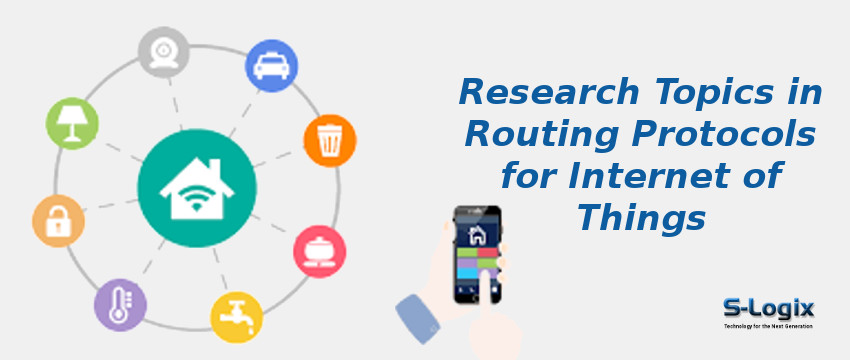Recently, the Internet of Things (IoT) has been applied in several smart applications from entertainment to healthcare. One of the widely used routing layer protocols in IoT is the Routing protocol for low-power and lossy networks (RPLs). The RPL protocol establishes communication between IoT devices and one or more root devices through multihop paths, and they collect and distribute the sensed data. The RPL considers the node attributes, link quality measurements, and Objective Functions (OFs) to construct the Destination Oriented Directed Acyclic Graph (DODAG) to root devices separately. Moreover, the problems of dynamic topology, scalability, reliability, congestion control, load balancing, and restricted resources must be considered in the design of OFs in RPL. Except for RPL, some of the routing protocols like Collection Tree Protocol (CTP), Lightweight on-demand ad hoc distance-vector routing protocol-next generation (LOADng), CORPL, Channel-aware Routing Protocol (CARP), and Enhanced CARP (E-CARP). The CTP is a distance-vector routing model mainly proposed for WSN based IoT environments. The LOADng is a reactive routing model that establishes routes when only the communication is initiated. It incurs a high delay in route discovery and accomplishes high overhead. The CORPL follows the opportunistic routing model. The forwarder set selection and data forwarding are the two main steps of CORPL. The CARP considers the link characteristics during route establishment and maximizes the performance efficiency of IoT. The E-CARP is a location-free and greedy hop-by-hop routing strategy which is highly adopted for WSN based IoT environments.
